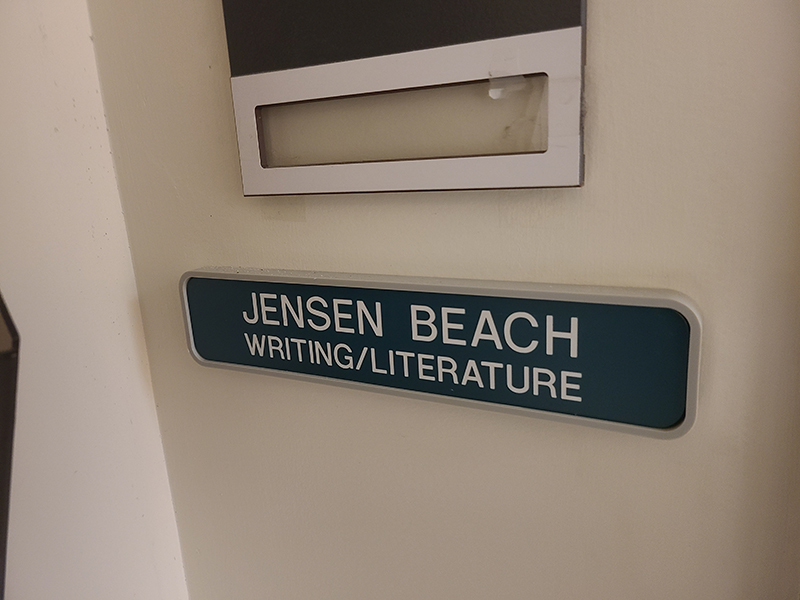Students from the Vermont State Colleges will converge on Montpelier Feb. 7 to lobby for increased funding for public higher education in Vermont.
The rally is expected to draw well over 100 students, faculty and staff from Johnson alone, as well as many others from Lyndon, Castleton, Vermont Tech and CCV. Also present will be representatives from Vermont State College United Professionals (VSCUP) and the American Federation of Teachers (AFT) and possibly a contingent of students from UVM.
According to JSC Student Government Association President James Dempsey, the goal of the rally is to educate the Vermont Legislature about the severe need for increased funding for public higher education, and to stimulate action on the prevention of student debt.
“In his Jan. 24 State of the Union address, President Obama was talking about how we now live in a society where our student debt is higher than credit card debt; that’s huge,” said Dempsey. “If you think about tuition costs at Johnson, it’s about $8,500 a year and that’s $34,000 for a four-year education. Just in tuition. You’re not talking about your room, your meal plan, your books, gas or groceries, or if you have a cell phone bill, if you’re paying your own health insurance.”
The schedule for the day includes addresses by the VSC SGA presidents and Vermont legislators outside on the Statehouse steps, and a period of time for rally participants to talk to representatives and senators inside the building. There are also plans for a private meeting between stakeholders in the higher education issue and Governor Shumlin.
After seeing the success of the Oct. 20 rallies for increased support for the Vermont State Colleges, Dempsey met with other VSC student government presidents. “Once we met we decided that we should go bigger with this,” said Dempsey. “Johnson had between 100 to 150 people fluctuating in and out [on Oct 20], and the other colleges had pretty decent results. Johnson is going to be a major factor within this rally in Montpelier.”
Two 55-seat buses to bring people without transportation to the rally have been provided. Dempsey said he has ordered shirts for student participants to write their debt at graduation on and wear at the event.
The rally hopes to increase awareness of the lack of public funding of the Vermont State Colleges.
According to the 2010 State Higher Education Finance Report, taxpayers in Vermont fund only 16.3 percent of the budget for the five Vermont State Colleges. The other 83.7 percent is derived from tuition. Vermont ranks last in the United States in terms of public support for higher education while it is at the top in terms of tuition costs for public colleges, nearly twice the national average.
At present Vermont is last in the country in terms of appropriations for higher education. Only 16.3 percent of the budget for the VSC was funded by state appropriations according to the 2010 State Higher Education Finance report. This means that students and their families had to come up with the remaining 83.7 percent of the costs.
State support for higher education in Vermont has been declining for a number of years. According to “Vermont in Transition,” a report released by St. Michael’s Center for Social Science Research, in 1975 Vermont appropriated the equivalent of $9.44 for every $1000 of income.
That figure is now less than half of that amount.
The 2009 Governor’s Task Force on Higher Education, convened by then-governor James Douglas, had similar findings, noting that “Despite broad legislative expressions of support, state funding for higher education as a function of the institution’s education budgets has been declining steadily in recent years.”
The report pointed out that the current funding level of 17 percent was down sharply from 2001, when legislative appropriations accounted for 24 percent of the VSC’s budget. In 1980, approximately 50 percent of the VSC operating budget was derived from public funds.
That steadily decreasing level of legislative support for the VSC has correlated directly with ever escalating tuition. The results, notes Dempsey, are clear to anyone trying to pay for a public college education in Vermont –ever mounting debt.
“I’d love to be able to calculate how much debt would be at the Statehouse in one day,” said Dempsey. “I bet that number would be pretty disgusting.”



